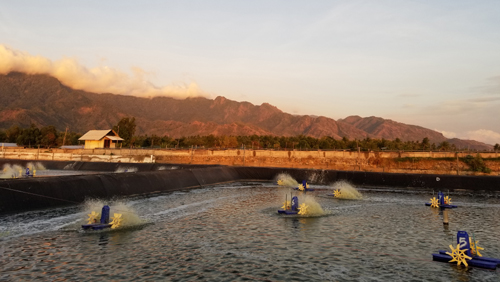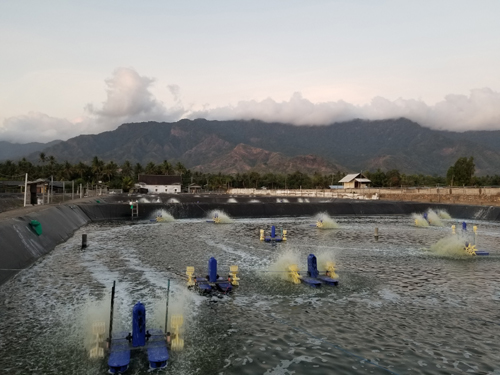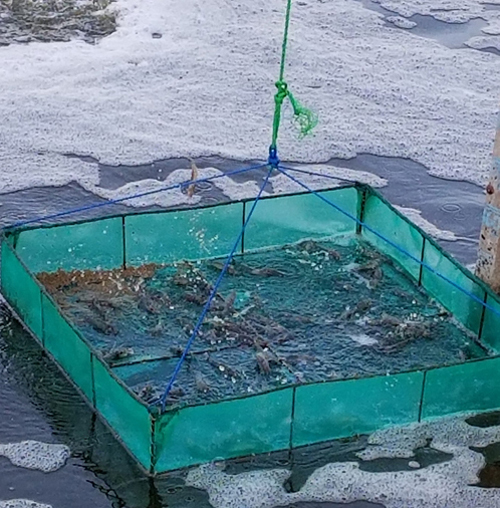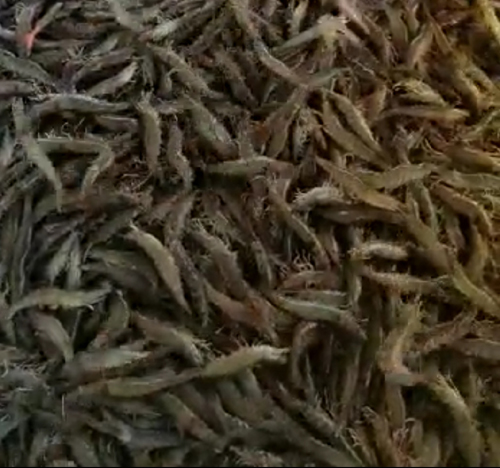Vannamei / Whiteleg Shrimp
From Wikipedia, the free encyclopedia
Description:
L. vannamei grows to a maximum length of 230 mm (9.1 in), with a carapace
length of 90 mm (3.5 in).
Adults live in the ocean, at depths to 72 m (236 ft), while juveniles
live in estuaries.
The rostrum is moderately long, with 7–10 teeth on the dorsal side
and two to four teeth on the ventral side.
Distribution and habitat:
Whiteleg shrimp are native to the eastern Pacific Ocean, from the Mexican
state of Sonora to as far south as northern Peru.
It is restricted to areas where the water temperatures remain above 20
°C (68 °F) throughout the year.
Fishery and aquaculture:
During the 20th century, L. vannamei was an important species for Mexican
inshore fishermen, as well as for trawlers further offshore. In the late
20th century, the wild fishery was overtaken by the use of aquaculture;
this began in 1973 in Florida using prawns captured in Panama. In Latin
America, the culture of L. vannamei showed peaks of production during
the warm El Niño years, and reduced production during the cooler
La Niña years, due to the effects of disease. Production of L.
vannamei is limited by its susceptibility to various diseases, including
white spot syndrome, Taura syndrome, infectious hypodermal and haematopoietic
necrosis, baculoviral midgut gland necrosis, and Vibrio infections. By
2004, global production of L. vannamei approached 1,116,000 t, and exceeded
that of Penaeus monodon.
In 2010, Greenpeace International added the whiteleg shrimp to its seafood
red list. This lists fish that are commonly sold in supermarkets around
the world, and which have a very high risk of being sourced from unsustainable
fisheries. The reasons given by Greenpeace were "destruction of
vast areas of mangroves in several countries, overfishing of juvenile
shrimp from the wild to supply shrimp farms, and significant human rights
abuses". Whiteleg shrimp, Penaeus vannamei, production was 53%
of the total production of farmed crustaceans in 2016 globally.
P.T. DILATUR PRIMA
SANGGALANGIT, BALI
INDONESIA









